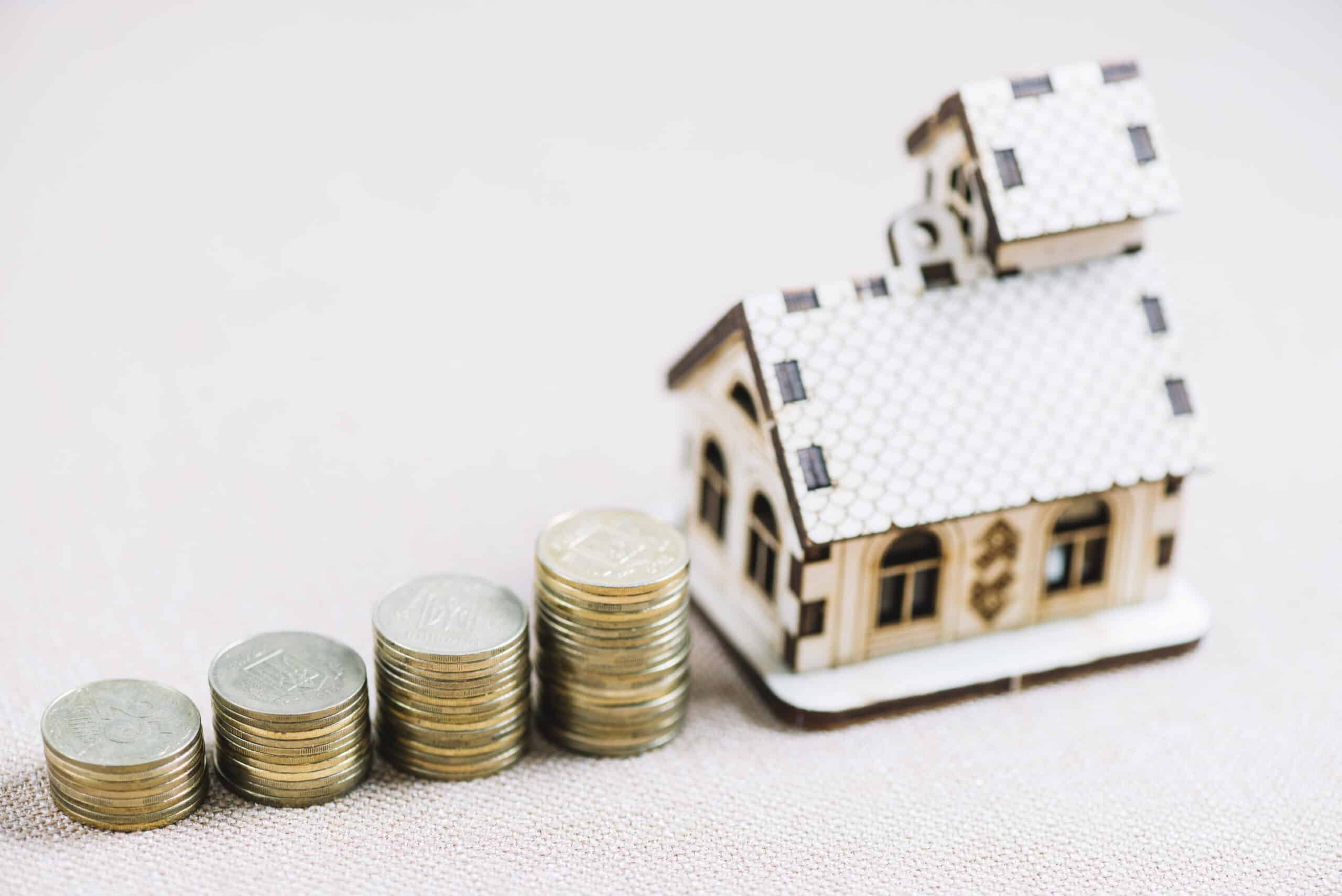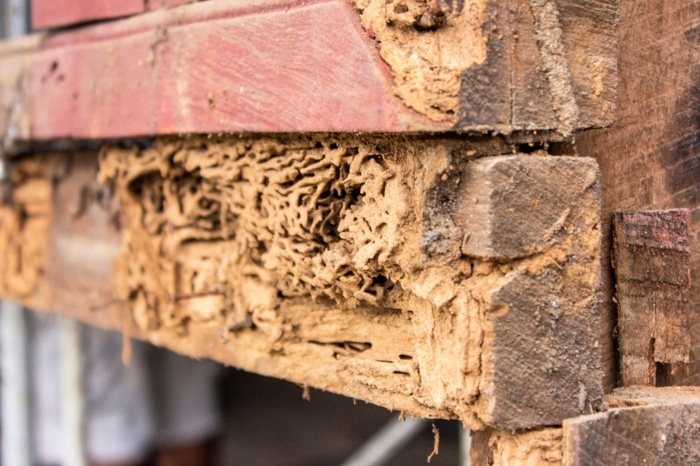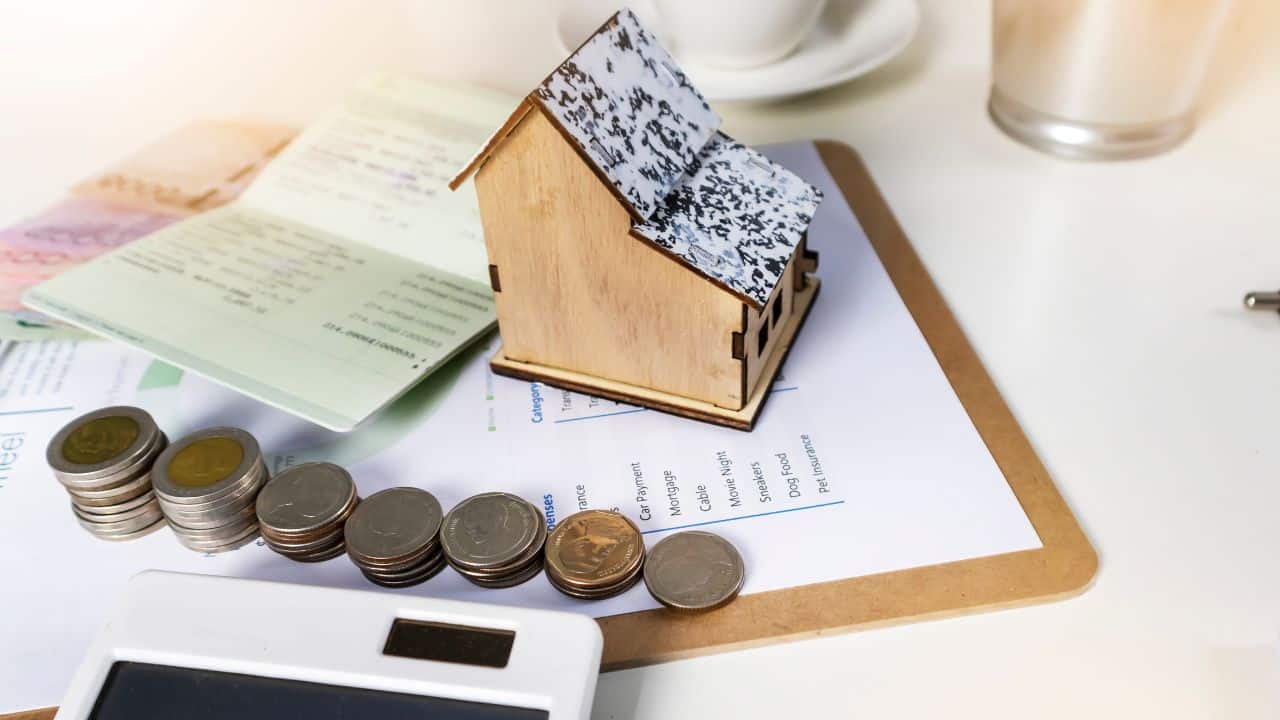Owning rental property is a great way to build wealth, but it comes with its own set of challenges, particularly when it comes to taxes. One of the best strategies to maximize your tax benefits as a rental property owner is through accelerated depreciation. By understanding and leveraging this tax strategy, you can significantly reduce your taxable income and boost your cash flow. In this guide, we’ll break down what accelerated depreciation is, how it works, and why it’s beneficial for you.
Understanding Accelerated Depreciation
First things first, let’s talk about what accelerated depreciation actually means. Depreciation is a way to spread out the cost of a property over its useful life. The IRS allows you to deduct a portion of the property’s value each year as it wears out. However, with accelerated depreciation, you can take larger deductions in the earlier years of the property’s life. This means you can reduce your taxable income more in those initial years, saving you money when you might need it most.
Now, how does this work for rental properties? Normally, rental property owners use a method called straight-line depreciation. This method spreads the cost evenly over 27.5 years for residential properties. But with accelerated depreciation, you use different methods to deduct more in the early years. This approach gives you bigger tax breaks upfront, which can be a huge advantage.
There are a few different ways to accelerate depreciation. The most common methods are the Double Declining Balance method and the Sum-of-the-Years-Digits method. Each of these allows you to take more significant deductions early on, which can make a big difference in your tax bill.

Fast Fixes. Happy Residents.
Benefits of Accelerated Depreciation
The benefits of using accelerated depreciation for your rental properties are substantial. The most immediate benefit is tax savings. By deducting more in the early years, you reduce your taxable income, which means you pay less in taxes. This can be especially useful if you’re in a higher tax bracket when you first acquire the property.
But the benefits don’t stop there. Improved cash flow is another significant advantage. With lower tax payments, you keep more money in your pocket. This can help you reinvest in more properties, make necessary improvements, or simply enjoy a better return on your investment. Having more cash on hand can also provide a buffer for unexpected expenses, making your investment more stable and less risky.
Another great benefit is the potential for increased investment growth. When you save on taxes and improve your cash flow, you can reinvest those savings into additional properties. This creates a compounding effect where your investments grow faster. It’s a smart way to build wealth over time, leveraging the benefits of accelerated depreciation to fuel your property portfolio’s growth.
Using accelerated depreciation also helps you better match expenses with revenue. Rental properties often require significant upfront investments, and having the ability to deduct more in the early years helps offset these initial costs. This means your financial statements more accurately reflect the economic reality of your property investments.
Steps to Implement Accelerated Depreciation
Getting started with accelerated depreciation might seem complex, but breaking it down into manageable steps can make the process straightforward. Here’s a step-by-step guide to help you implement accelerated depreciation for your rental properties effectively.
Property Evaluation:
The first step is to evaluate your rental property. This involves identifying all the components of your property that can be depreciated. It’s not just the building itself; you need to consider other aspects like the plumbing, electrical systems, and even certain appliances. Each of these components may have different depreciation rates, so it’s important to list them out clearly.
Cost Segregation Study:
Once you have a detailed list of all your property components, the next step is to conduct a cost segregation study. This study is a strategic tax planning tool that helps break down the costs of your property into various categories. By doing this, you can identify which parts of your property qualify for accelerated depreciation. For this study, it’s often best to hire a professional. A tax advisor or a cost segregation specialist can help ensure everything is accurately categorized and compliant with IRS rules.
Classification of Assets:
After the cost segregation study, you’ll need to classify your assets. This step involves grouping the different components of your property based on their useful lives. For example, some parts of your property might fall into a 5-year or 7-year category, while others might be classified under 15-year property. Correctly classifying these assets is crucial for applying the right depreciation rates.
Depreciation Schedule Creation:
With your assets classified, you can now create a depreciation schedule. This schedule will outline how much you can depreciate each year for each category of assets. It’s a detailed plan that helps you keep track of your depreciation deductions over time. Your tax advisor can help you set this up and make sure it’s optimized for your financial benefit.
Accelerated Depreciation Strategies for Real Estate Investors
Accelerated depreciation can be a powerful tool for real estate investors when used strategically. Here are some strategies to consider that can help you maximize the benefits of accelerated depreciation.
Utilizing Section 179:
One effective strategy is to take advantage of Section 179 of the IRS tax code. Section 179 allows you to deduct the full purchase price of qualifying equipment and software purchased or financed during the tax year. For real estate investors, this can include items like appliances, carpeting, and other fixtures. By using Section 179, you can write off these expenses immediately, rather than depreciating them over several years.
Bonus Depreciation:
Another valuable strategy is bonus depreciation. This provision allows you to take an immediate deduction on a percentage of the cost of eligible assets. Currently, the IRS allows 100% bonus depreciation for certain types of property, meaning you can deduct the entire cost in the first year. This can lead to significant tax savings, especially when acquiring new properties with many depreciable assets.
Combination Strategies:
To get the most out of accelerated depreciation, you can combine different strategies. For instance, you might use Section 179 for certain assets and bonus depreciation for others. This approach can help you maximize your deductions and optimize your tax savings. Working with a knowledgeable tax advisor can help you identify the best combination of strategies for your specific situation.
Accelerated Depreciation in Commercial Real Estate
Accelerated depreciation isn’t just for residential properties; it’s a game-changer for commercial real estate too. With commercial buildings often holding high-value assets like HVAC systems, elevators, and specialized lighting, cost segregation studies can uncover significant opportunities to depreciate these components faster. This upfront tax advantage allows commercial property owners to reinvest savings into property upgrades, expansion, or other investments, all while improving cash flow. Whether it’s office buildings, warehouses, or retail spaces, leveraging accelerated depreciation can make commercial real estate investments even more financially rewarding.
Common Mistakes to Avoid
While accelerated depreciation offers many benefits, it’s essential to avoid common mistakes that can lead to issues with the IRS or reduce your tax savings.
Incorrect Asset Classification:
One of the most frequent mistakes is incorrect asset classification. Misclassifying assets can lead to incorrect depreciation calculations and potential penalties. Make sure to follow the IRS guidelines carefully and consult with a tax professional if you’re unsure about how to classify certain components of your property.
Overlooking Eligible Assets:
Another mistake is overlooking assets that qualify for accelerated depreciation. Items like landscaping, certain types of furniture, and even parking lots can often be depreciated more quickly. Conducting a thorough cost segregation study helps ensure all eligible assets are included in your depreciation schedule.
Failure to Update Depreciation Schedules:
Once your depreciation schedule is set up, it’s crucial to keep it updated. If you make improvements to your property or purchase new assets, you need to adjust your schedule accordingly. Failing to do so can result in missed deductions and reduced tax benefits.
Example of Accelerated Depreciation Calculation
Let’s walk through a simple example to illustrate how accelerated depreciation works. Imagine you purchase a rental property for $500,000. A cost segregation study breaks down the property into different components: the building structure, appliances, and landscaping.
Building Structure:
$400,000 (27.5-year depreciation)
Appliances:
$50,000 (5-year depreciation)
Landscaping:
$50,000 (15-year depreciation)
Using straight-line depreciation, you would depreciate the building structure at about $14,545 per year ($400,000 / 27.5 years). But for the appliances and landscaping, you use accelerated depreciation methods.
Appliances (5-year):
The Double Declining Balance method allows you to take larger deductions in the earlier years. For simplicity, let’s assume you can deduct $20,000 in the first year.
Landscaping (15-year):
You might use the Sum-of-the-Years-Digits method, leading to a first-year deduction of about $6,667.
In the first year, your total depreciation deduction would be $41,212 ($14,545 for the building + $20,000 for appliances + $6,667 for landscaping). Compared to straight-line depreciation, you’re saving more on taxes upfront.
Accelerated depreciation is a powerful tool for rental property owners. By understanding and applying this strategy, you can maximize your tax benefits, improve your cash flow, and grow your investments faster. Ready to take the next step? Dive into your property’s potential tax savings with accelerated depreciation. Start today and watch your rental investments flourish!






